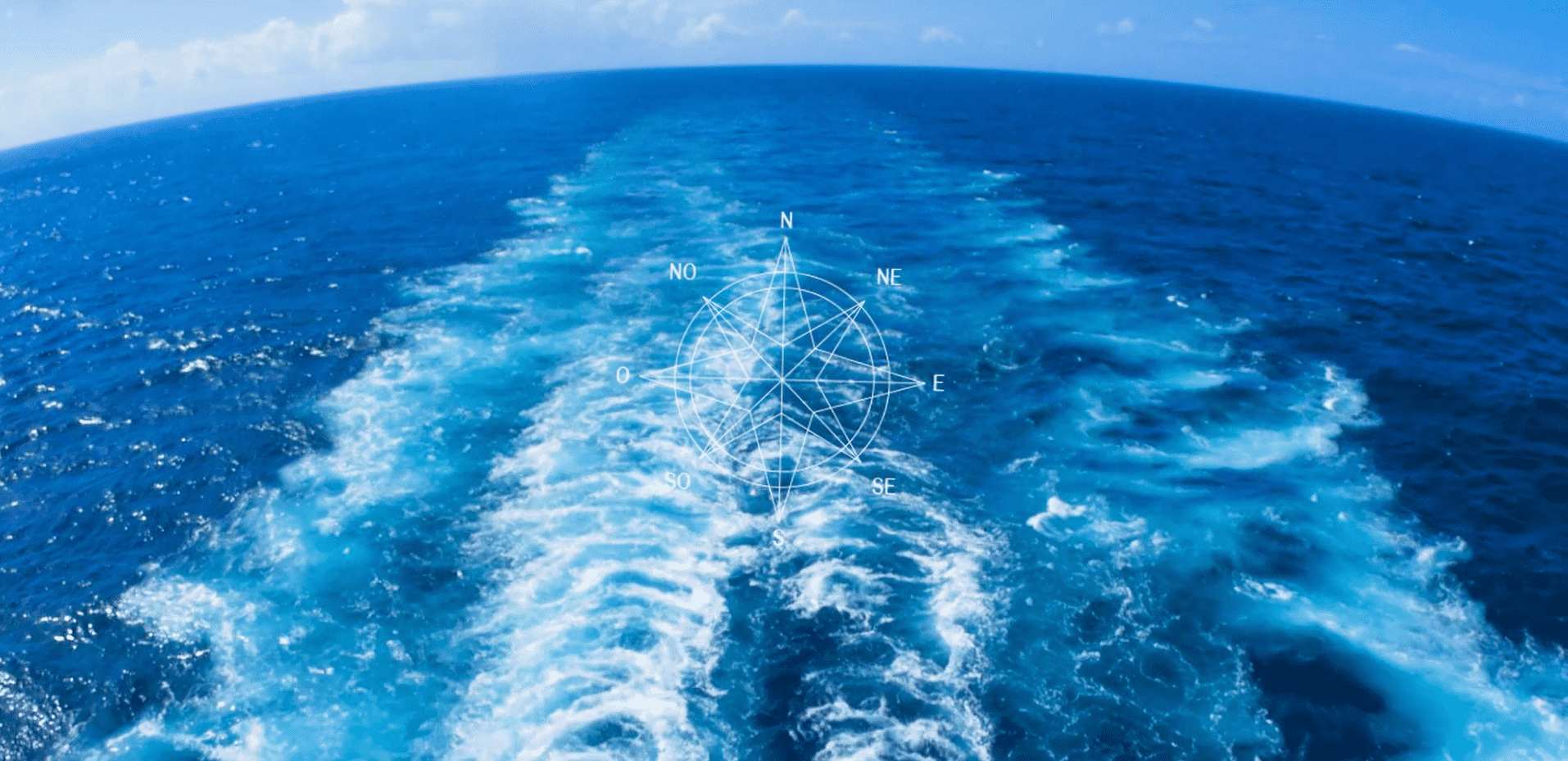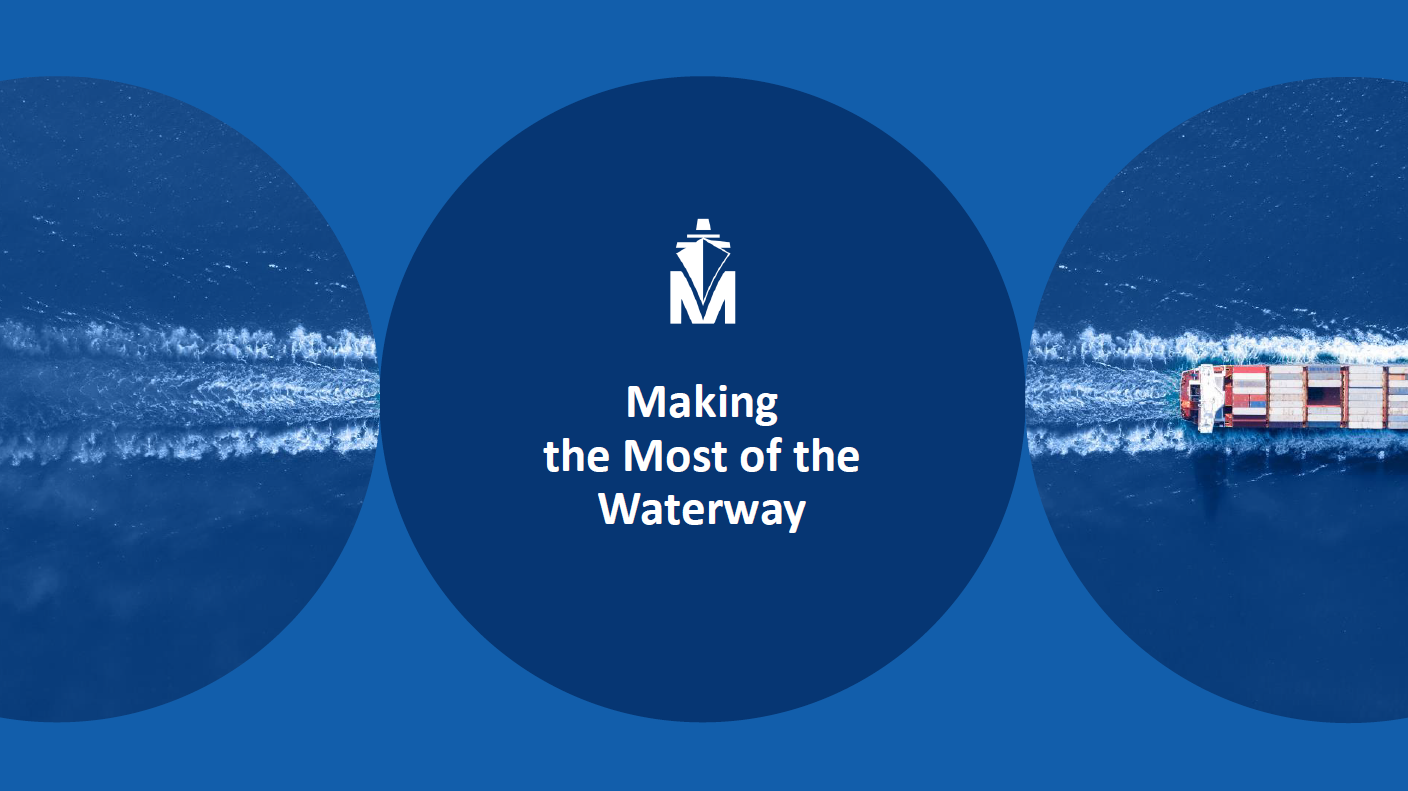
Water levels
The Port of Montreal provides real-time water level data for the St. Lawrence River, measured by 14 tide gauges strategically located between Montreal and Quebec City. This accurate and up-to-date information is essential to ensure maritime safety, support commercial navigation, and optimize port operations. Check current water levels, historical averages, and forecasts.
The Port of Montreal monitors water levels in the St. Lawrence River in real time using 14 tide gauges that are installed between Montreal and Quebec City, and run by Fisheries and Oceans Canada. The precise hydrometric data they collect are mission critical to ensure safe navigation and schedule the transit of large vessels bound for Montreal.
Water level forecasts are produced by the Canadian Coast Guard's Hydraulic Engineering Sector to help commercial navigators plan their operations.
While Lake Ontario is the main source of water for the St. Lawrence, water levels fluctuate with the seasons. They are affected by precipitation, other rivers flowing into it - especially the Ottawa River - and the presence of ice in winter. In Montreal, water levels tend to peak during the spring flood (April to May) and reach their lowest point at the end of summer, during the low-water period (August to October).
View the water level map (including tides) for all stations in Canada: WATER LEVELS | CANADIAN HYDROGRAPHIC SERVICE
View the water level forecasts in the St. Lawrence Ship Channel: E-NAVIGATION PORTAL
Water level at the Port of Montreal, Jetée 1, at 7 a.m. (local time)
| Water levels above Chart Datum, Jetée #1 | Channel depth, Jetée #1 | 30 days avg. | 1 year avg. |
|---|---|---|---|
| -0.393 m | 10.91 m | 11.13 m | 12.07 m |
Tide Gauges
| Tide gauge | Depth |
|---|---|
| Port-Saint-François | 11.44 m |
| Montréal, Rue Frontenac | 10.88 m |
| Lac Saint-Pierre | 11.03 m |
| Trois-Rivières | 11.50 m |
| Montréal, Jetée # 1 | 10.91 m |
| Varennes | 10.82 m |
| Contrecoeur (IOC) | 10.88 m |
| Sorel | 11.07 m |
Learn more about the water levels

